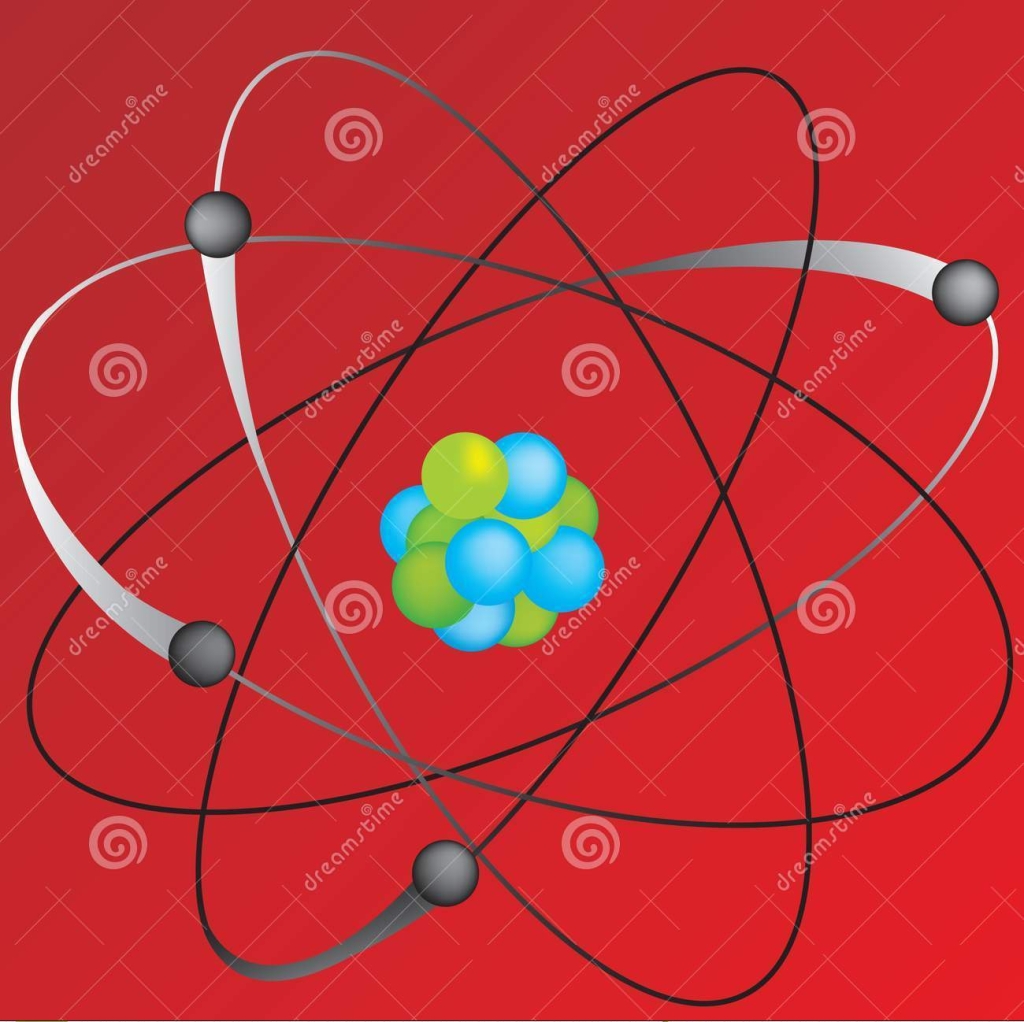I have engendered the following list of practicals that can be performed using SCILAB for an introductory course in nuclear and particle physics. For your own copy you can download the list in doc (nuclear) or list of experiments (nuclear) in pdf. If you downloaded the earlier versions, try again. The new version now linked has better typeset for formulas and inconsistencies have been removed. Also a black color for printer is a match made in heaven. You can get a similar list for a CLASSICAL DYNAMICS COURSE, HERE.
List of practicals in Nuclear and Particle Physics (DSE-II) in Scilab. (Details in the linked doc or pdf files)
- Nuclear Radius. Plot nuclear radii as a function of its atomic mass number. That is plot R vs A. Since nucleon density is constant over the nucleus (nucleon are uniformly distributed over the nucleus) .
- Nuclear Charge Distribution. Plot the given nuclear charge distribution.
- Nuclear Form Factor. Evaluate the nuclear form factor F(q) based on the given charge distribution. And plot the form factor F(q) as a function of q; where q is the change in momentum due to scattering.
- Mass Parabola. The minimum atomic number in the mass parabola is given by Zmin. Plot Zmin vs A. Take ac = 0.72 MeV and asym = 23 MeV. Do you find Zmin ~ A/2 for small A and < A/2 for large A?
- Semi-Empirical Mass Formula. Plot B/A vs A for any Z. (Say Z = 56) Plot separately: a. volume terms only, b. volume + surface terms, c. volume + surface + coulomb terms, and finally d. volume +surface + coulomb + symmetry terms.
- Nuclear Potential Energy. Plot V assuming a point nucleus and assuming uniform spherical charge distribution.
- Range of Force. Plot Range of a force R vs mass of its carrier particle
- Mean radius squared. Plot mean of radius squared vs A, (i.e. expectation value of radius squared vs A) for the nucleus, assuming nucleus as a uniform charged sphere.
- Gaussian Probability Distribution. Plot the Gaussian probability distribution for a standard deviation σ = 0.01 and mean μ = 0.1.
- Kinetic energy of alpha particle. Plot Kinetic energy of alpha particle Ta vs mass number A. Assume Q value is 5 MeV. Ta = Q (1 – 4/A).
- Neutrino Mass. Plot variation in Q, if mνc2 varies between 0.01 to 0.08 MeV. Q = 0.782 MeV – mνc2. For the decay n -> p + e– + anti-ν.
- Power radiated by accelerated charge. Plot power radiated P, by an electric dipole of unit strength, depicted by the standard relation. (check the linked doc or pdf files)
- Scattering Cross Section. Plot Rutherford differential scattering cross section vs sine of scattering angle, θ. Use KE of alpha particle = Ta = 10 MeV. Use Gold nucleus for Z.
- Fusion Reaction. Plot plasma Debye length LD vs particle concentration n. Take n in units of 1027 /m3. Mean KE per particle = 10 keV. T at the order of 108 K.
- Synchrotron Condition. Plot frequency ν vs B (magnetic field) for protons at radius r = 0.25 m.

Leave a comment